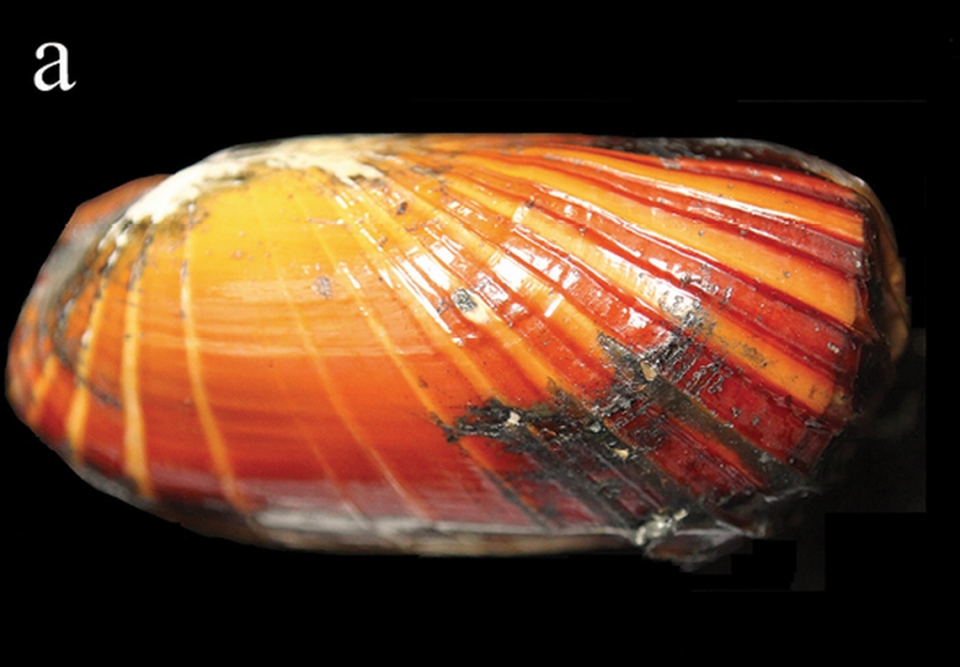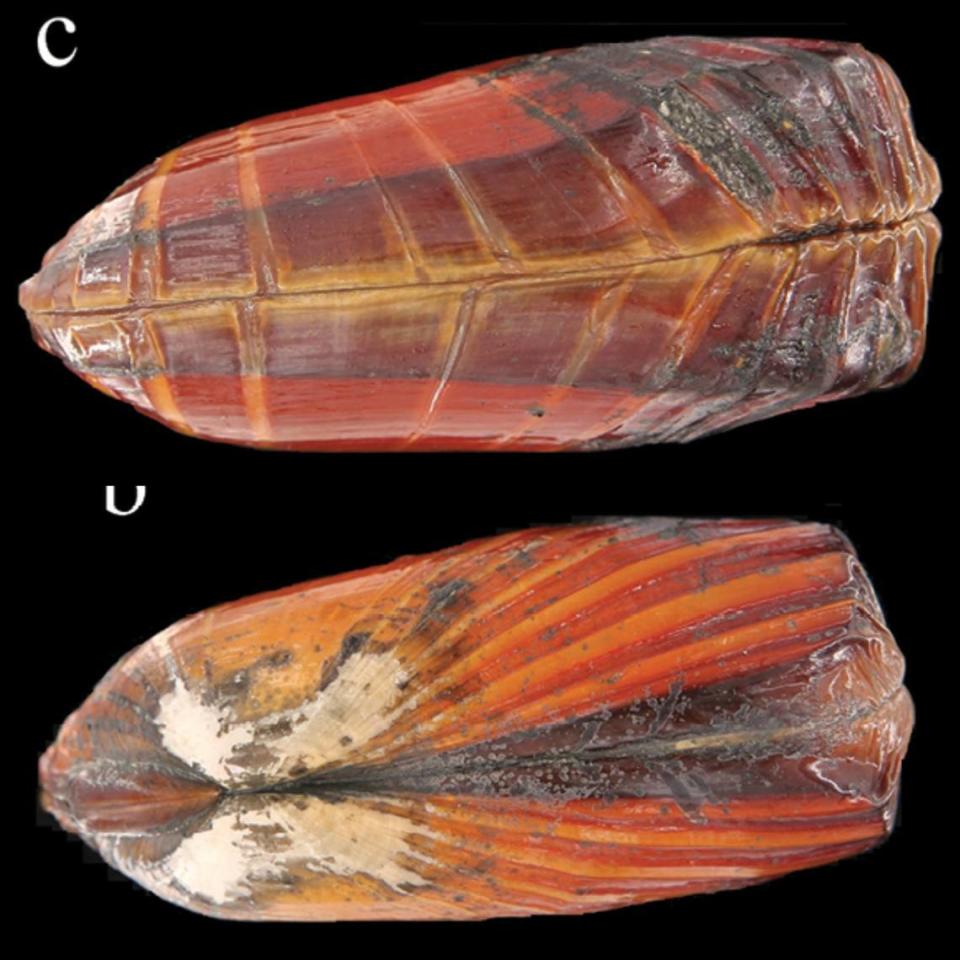Deep-sea creature — with ‘rectangular’ shape — discovered as new species. Take a look
As you get closer to the bottom of the ocean, it gets darker, denser and stranger.
All light from the surface has been absorbed, and only the most adapted species can navigate the lack of oxygen in the water.
One of these creatures spends its life in a shell — and was discovered as a new species.
Research team members from China were scouring the Haima Cold Seep, a deep-sea environment off the coast of Hainan Island on the southern tip of China, when their underwater robot picked up a “robust” shell on the seafloor, according to an April 24 study published in the journal ZooKeys.
The researchers recognized the shelled-animal as a Solemyidae, an “ancient group of protobranch bivalves that typically inhabit unusual environments,” according to the study.
This includes cold seeps, locations on the seafloor where methane and hydrogen sulfide seep up from the Earth’s crust and into the ocean, creating chemically rich water, according to the National Oceanic and Atmospheric Administration.
The deep-sea robot brought the shell up from the depths of 4,500 feet and to the surface where it could be examined further, according to the study.

Discover more new species
Thousands of new species are found each year. Here are three of our most eye-catching stories from the past week.
→Volcanic ocean creature — with 'long' legs — discovered in Japan. It's a new species
→'Flat'-headed creature — with multicolored eyes — discovered as new species in China
→Nocturnal creature — a 'rapidly-running' predator — discovered as new species in India
Just over 4 inches long, the bivalve’s shell is “elongate, rectangular” and “robust,” the researchers said. Both sides of the shell are also the same size.
The shell is covered with “radial ridges with strong, flattened summits,” according to the study, and the ridges get closer near the smaller end of the shell compared with the wider side.
The bivalve’s “foot,” the fleshy part of the internal body that sticks out from the shell to help the creature move, is “large” with an “oval sole,” according to the study.

It’s the shape of the shell that makes this bivalve unique from other Solemyidae species, according to the study.
Named Acharax haimaensis, after the cold seep where it was found, the new species’ shell is “nearly rectangular” compared with other known species whose shell is concave on both ends.
Bivalves, like fish, breathe through gills in the flesh of their bodies, according to the NOAA, but they are also filter feeders and use their gills to filter food out of the water.
The creatures are also homebuilders, and their internal organs secrete calcium carbonate to create their shells, which allows the shells to grow as the animals inside grow, NOAA says.
So far, the researchers said the new species has only been found in the Haima cold seep, on the northwestern slope of the South China Sea. The South China Sea is a contested body of water in southeastern Asia that borders Brunei, China, Indonesia, Malaysia, the Philippines, Taiwan and Vietnam.
‘Slender’ sea creature — with ‘razor’-like edge — found in mud. It’s a new species
‘Transparent’ muscular creature found in seaweed beds off Japan. It’s a new species
Clawed forest creature found lurking near temple in India. It’s a ‘holy’ new species
‘Graceful’ creatures — named after stilettos — discovered as new species in Madagascar

